Spelsberg Lighting accessories
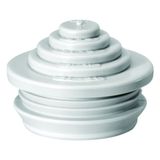
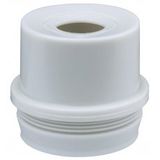
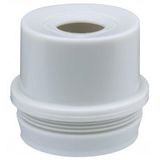


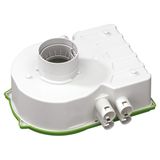

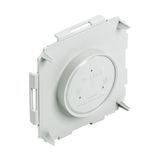




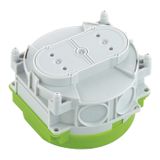
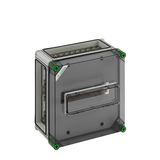
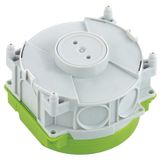

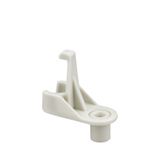
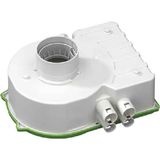


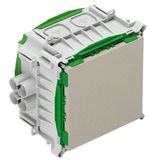
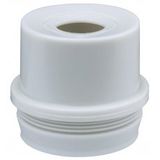

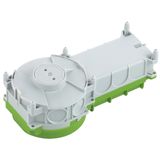

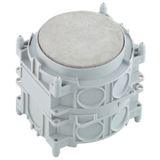
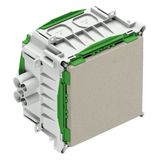

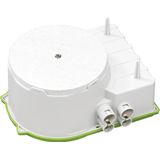


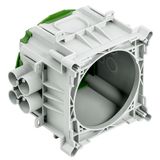



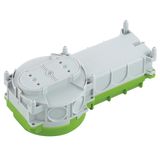

spelsberg lighting accessories ranges and materials
This catalog groups the small but critical pieces that make luminaires install cleanly and survive maintenance. Housings and canopies come in UV-stabilised PC/ABS or die-formed steel; indoor parts are typically IP20, while gasketed lids and compression entries lift exposed items to IP44–IP65. Plastics meet glow-wire 650/750/850 °C (IEC 60695-2-11/-12) depending on the series. Impact classes run IK06–IK08 for public zones. Threads, hole geometry, and pitch are shared across sizes so mixed rails and covers line up without slotting on site.
spelsberg lamp holders footprints and ratings
Interfaces follow IEC 60061: E27/E14 screw, GU10/GZ10, G13/G5 for linear, and GU5.3/GX53 where depth allows. Thermoplastic cups suit general duty; ceramic bodies ride higher heat near enclosed shades. Typical holder classes: T180 for polymer, T210–T300 for ceramic. Contacts use nickel-plated brass or phosphor bronze; cages accept 0.5…2.5 mm² copper. Lead insulation 90–110 °C is common—check canopy airflow before approving higher watt loads in compact shades. Locking tombstones for G13 protect against tube twist; GU10 cups with spring retainers are fire-hood friendly.
spelsberg mounting brackets options for ceilings and rails
Crossbars, gear-tray carriers, and trunking clips arrive as matched sets with fixings, cord grips, and strain relief. Steel gauges 1.0–2.0 mm keep deflection low; permissible loads and safety factors are etched on the metal. Track adapters cover single/three-circuit footprints with mechanical keys to prevent mis-insertion. Spacer rings correct uneven plaster so trims sit flush; slotted bars match common downlight diameters to keep cut-outs standard across rooms. For workshops and open ceilings, galvanised hardware plus vibration pads stop buzz on thin canopies.
spelsberg lighting connectors field wiring interfaces
Inline and panel connectors ship in 2–7 poles with keyed housings to avoid phase/neutral swaps. Choices: screw-clamp for mixed solid/stranded, cage-clamp for speed, and push-in for ferruled fine-strand. Ratings typically 220–240 V, 2–16 A per pole. Low-voltage, polarity-safe plugs serve drivers and control (DALI/0–10 V). IP performance depends on gland/ferrule sizing per EN 62444; pull-out ≥ 60 N is typical for pendant sets. Numbered cores and metre marks shorten FAT/SAT and reduce re-termination during churn.
Technical standards and sizing used on site
- Luminaires and assemblies: EN/IEC 60598-1, photobiological EN 62471 (RG0/RG1 on usual outputs).
- Caps/bases: IEC 60061; tungsten/halogen holders: IEC 60432-2.
- Connectors and terminals: creepage/clearance to Overvoltage Cat II/III; conductor range 0.5…2.5 mm²; torque windows printed on kit cards.
- Glands and ferrules: EN 62444—match to jacket OD to preserve IP.
- Finish set: white/black/aluminium/bronze powder coats aligned across roses, trims, and brackets.
Applications, compatibility, and kitting
Ceiling roses with integrated strain relief tidy pendants; modular clips speed luminaire swaps during churn; gasketed junction sets and stainless fixings hold up near skylights or wash-adjacent zones. To keep maintenance predictable, order a small drawer of spelsberg spare parts for lights—diffusers, gaskets, latches, cord grips, and common lampholder inserts—at 2–3 % overage. On drawings, group canopies, holders, glands, labels, and gasket sets as spelsberg installation accessories by room so cartons land site-ready. When a schedule shorthands the electrical layer as spelsberg lighting components, note cap/base, thermal class, pole count, conductor range, and IP target on one line to avoid re-picks.
Selection cues for planners
- Cap/base and thermal headroom (holder T-class vs shade airflow).
- Connector style matched to conductor mix and service speed.
- Bracket geometry that respects cut-out, load, and ceiling type.
- IP/IK where exposed; UV-stable plastics for sunlit areas.
- Label and torque discipline so service teams don’t guess